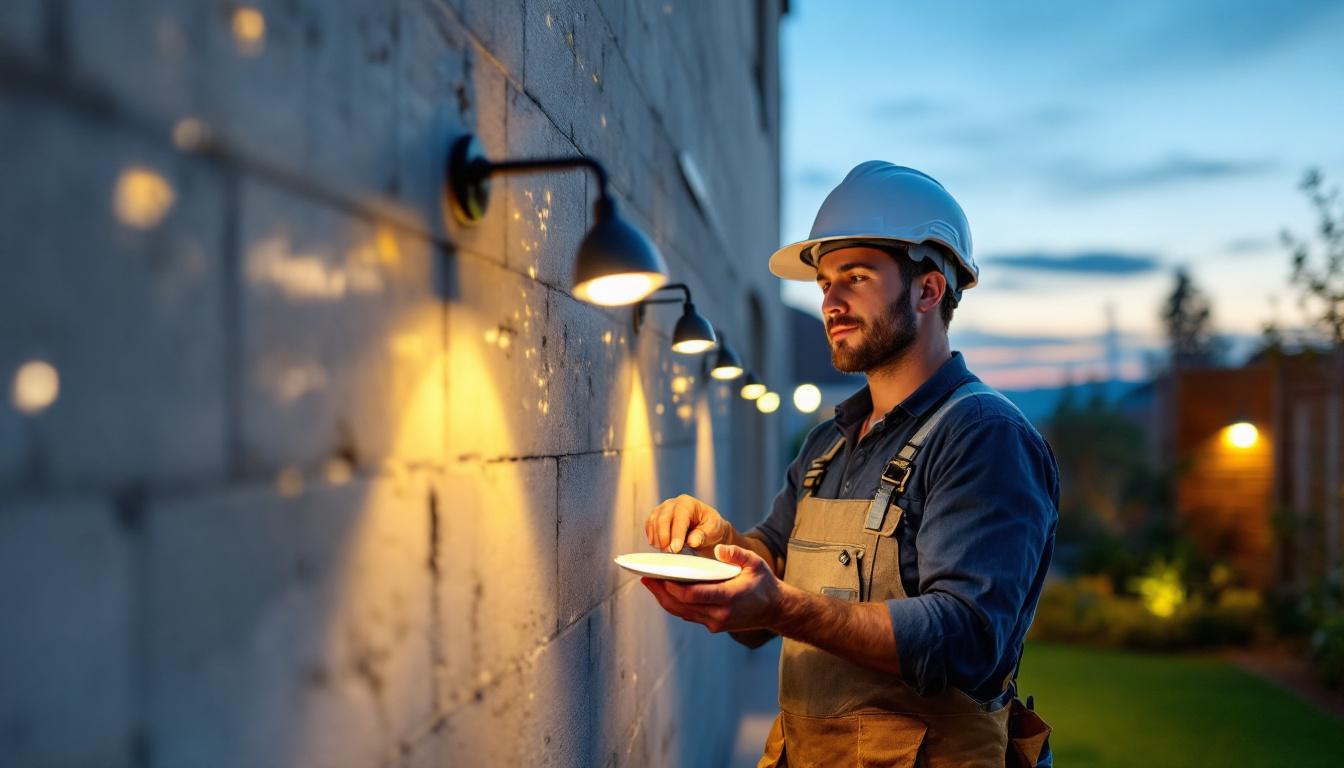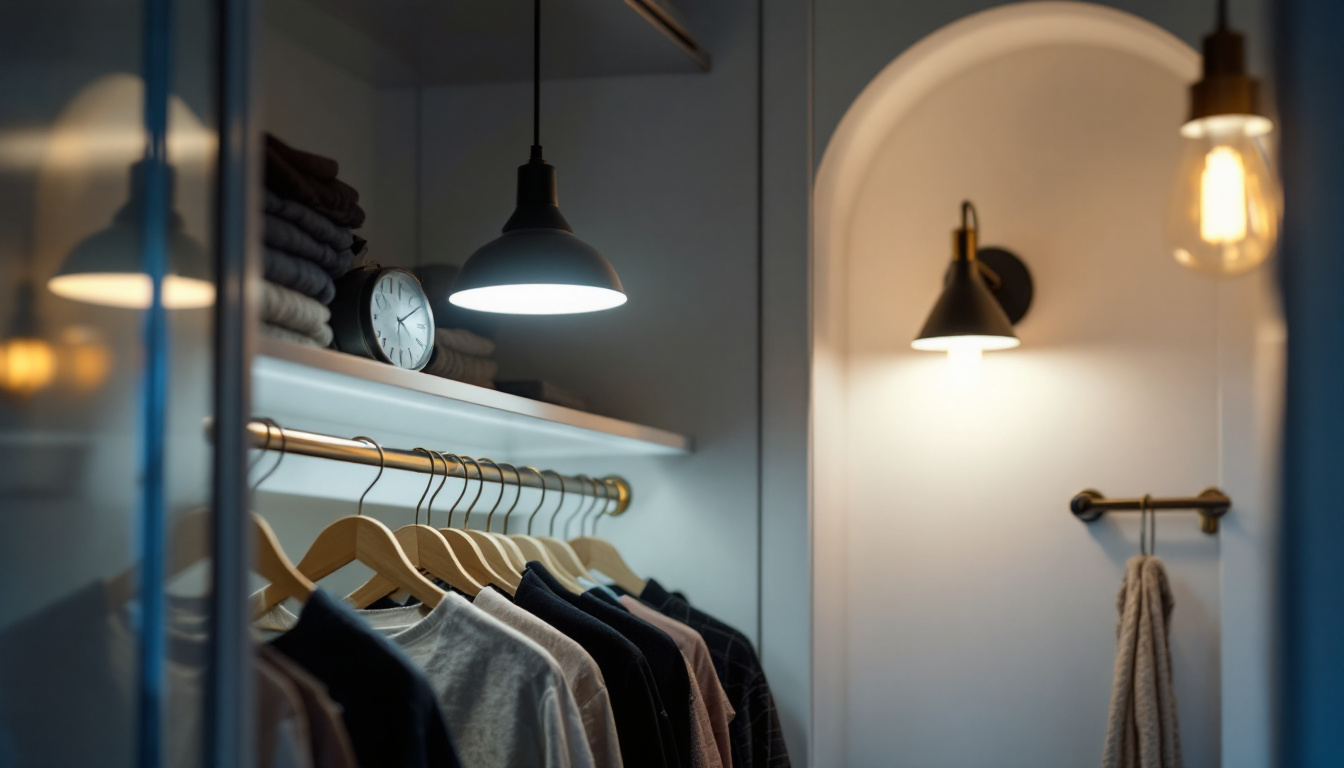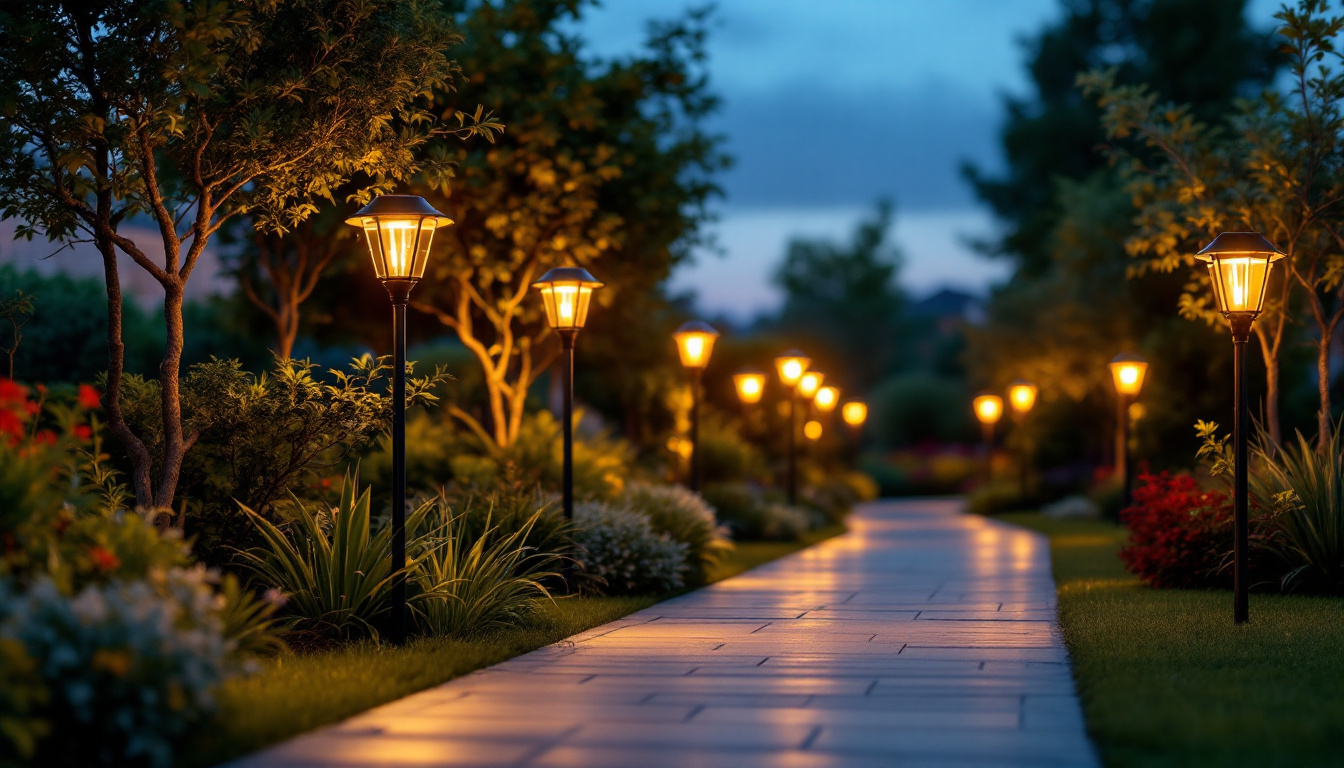
Lighting design is an essential aspect of any construction or renovation project, and disk lighting has emerged as a popular choice among contractors and designers alike. This article aims to provide valuable insights and practical tips for lighting contractors looking to incorporate disk lighting into their projects effectively.
Disk lighting, also known as recessed or flush-mounted lighting, offers a sleek, modern aesthetic while providing efficient illumination. These fixtures are designed to be installed into ceilings or walls, creating a seamless look that enhances the overall ambiance of a space. Their versatility makes them suitable for various applications, from residential homes to commercial buildings. The unobtrusive nature of disk lighting allows it to blend effortlessly with different design styles, making it a popular choice for interior designers and homeowners alike.
There are several types of disk lighting available, each with its unique features and benefits. Understanding these variations is crucial for selecting the right type for a specific project. Common types include:
Disk lighting offers numerous advantages that make it an appealing choice for contractors. One of the primary benefits is its ability to provide uniform illumination throughout a space, reducing shadows and enhancing visibility. Furthermore, the low-profile design of disk lights allows for greater flexibility in design, making them suitable for both modern and traditional interiors. This adaptability ensures that disk lighting can be seamlessly integrated into various architectural styles, from sleek contemporary homes to charming rustic settings.
Another significant advantage is the energy efficiency of many disk lighting options, particularly LED models. By reducing energy consumption, contractors can help clients save on utility bills while also contributing to environmentally friendly practices. Additionally, the long lifespan of LED disk lights means less frequent replacements, resulting in lower maintenance costs over time. This combination of durability and efficiency makes disk lighting not only a smart choice for immediate illumination needs but also a wise investment for the future.
Moreover, disk lighting can enhance the aesthetic appeal of a space by drawing attention to architectural features or artwork. When strategically placed, these fixtures can create a layered lighting effect that adds depth and dimension to a room. This is particularly beneficial in areas such as galleries or dining rooms, where ambiance plays a crucial role in the overall experience. With the right placement and design, disk lighting can transform an ordinary space into a visually stunning environment, showcasing the beauty of both the lighting and the surrounding decor.
Proper installation is critical to ensuring that disk lighting performs optimally and meets the expectations of clients. Here are some key tips for lighting contractors to consider during the installation process:
Before installation begins, it is essential to plan the layout of the disk lights carefully. Consider the size and shape of the room, the height of the ceilings, and the intended use of the space. A well-thought-out layout will ensure even light distribution and enhance the overall aesthetic appeal.
Using design software can be beneficial in visualizing the placement of fixtures. This approach allows contractors to experiment with different configurations and determine the most effective arrangement before any physical work begins.
When installing disk lighting, it is crucial to adhere to all electrical codes and regulations. Ensure that the circuit can handle the load of the new fixtures and that appropriate wiring is used. It is also advisable to install dimmer switches for added versatility, allowing clients to adjust the brightness according to their preferences.
In addition, contractors should be mindful of the placement of electrical boxes. Proper positioning will facilitate easier installation and maintenance in the future.
Disk lights can generate heat, particularly incandescent models. Therefore, ensuring proper ventilation during installation is vital to prevent overheating and potential fire hazards. Installing fixtures in well-ventilated areas can help mitigate this risk and prolong the lifespan of the lighting.
Contractors should also consider using heat-resistant materials and ensuring that insulation does not come into direct contact with the fixtures, as this can lead to overheating issues.
Selecting the appropriate disk lighting fixtures is essential for achieving the desired effect in any space. Several factors should be taken into account when making this decision.
The color temperature of disk lights can significantly influence the mood and atmosphere of a room. Warmer tones (2700K to 3000K) create a cozy and inviting ambiance, making them ideal for living rooms and bedrooms. Conversely, cooler tones (4000K to 5000K) are better suited for workspaces and kitchens, where bright, clear light is needed.
Contractors should discuss color temperature options with clients to ensure that the chosen fixtures align with their preferences and the intended use of each space.
Understanding wattage and lumens is crucial for selecting the right disk lighting fixtures. While wattage measures the energy consumption of a bulb, lumens indicate the amount of light produced. For example, a 10-watt LED bulb may produce the same amount of light as a 60-watt incandescent bulb, making LEDs a more energy-efficient choice.
Contractors should calculate the required lumens for each room based on its size and purpose, ensuring that clients receive adequate illumination without excessive energy consumption.
The design of disk lighting fixtures can vary widely, from minimalist styles to more decorative options. When selecting fixtures, contractors should consider the overall design theme of the space. A cohesive look can enhance the aesthetic appeal and create a harmonious environment.
Additionally, the finish of the fixtures—whether matte, glossy, or metallic—can also impact the overall look. It is essential to choose finishes that complement the room’s decor and color scheme.
Regular maintenance is essential to ensure that disk lighting fixtures continue to operate efficiently and effectively. Here are some maintenance tips for lighting contractors to share with their clients:
Dust and grime can accumulate on disk lighting fixtures over time, diminishing their brightness and aesthetic appeal. Regular cleaning can help maintain their appearance and functionality. Contractors should recommend using a soft, damp cloth to wipe down the fixtures, avoiding harsh chemicals that could damage the finish.
It is also advisable to check for any signs of wear or damage during cleaning, as this can help identify potential issues before they become significant problems.
For fixtures that use replaceable bulbs, contractors should educate clients on the importance of timely bulb replacements. Waiting too long to replace a burned-out bulb can lead to uneven lighting and increased strain on the remaining bulbs.
Providing clients with information on the type of bulbs used in their disk lighting fixtures will make it easier for them to find suitable replacements when necessary.
Occasionally, disk lighting fixtures may experience issues such as flickering or dimming. Contractors should be prepared to troubleshoot these problems effectively. Common causes may include loose wiring, faulty dimmer switches, or incompatible bulbs.
Encouraging clients to report any issues promptly will help ensure that problems are addressed quickly, maintaining the integrity of the lighting design.
The lighting industry is continually evolving, with new technologies and design trends emerging regularly. For lighting contractors, staying updated on these trends is essential for providing clients with the best possible solutions.
Smart lighting technology is becoming increasingly popular, allowing users to control their lighting through smartphones or voice-activated devices. Contractors should familiarize themselves with smart disk lighting options and be prepared to offer these solutions to clients looking for modern, tech-savvy installations.
Understanding how to integrate smart lighting into existing systems can also set contractors apart in a competitive market.
As sustainability becomes a priority for many homeowners and businesses, contractors should consider incorporating eco-friendly lighting solutions into their offerings. This includes recommending energy-efficient fixtures, utilizing sustainable materials, and promoting practices that reduce waste during installation.
By aligning with sustainable practices, contractors can appeal to environmentally conscious clients and contribute to a greener future.
Disk lighting presents a versatile and efficient lighting solution for various applications. By understanding the different types of disk lighting, installation best practices, and maintenance requirements, lighting contractors can enhance their service offerings and ensure client satisfaction. Staying informed about industry trends and embracing new technologies will further position contractors as leaders in the field, capable of delivering innovative and effective lighting solutions.
Incorporating these key tips into daily practices will not only improve the quality of installations but also foster long-term relationships with clients, ultimately leading to a successful lighting contracting business.
Ready to elevate your lighting projects with the finest disk lighting options on the market? Look no further than LumenWholesale, where we provide contractors with exceptional, spec-grade lighting products at unbeatable wholesale prices. Our commitment to quality and affordability means you can access a vast selection of top-tier lighting without the burden of inflated markups. Plus, with the convenience of free shipping on bulk orders, you can stock up on all the lighting essentials you need without any hidden fees. Don’t compromise on quality or cost. Wholesale Lighting at the Best Value is just a click away. Choose LumenWholesale for a seamless purchasing experience that complements your expertise and dedication to superior lighting solutions.

Discover the secrets behind choosing the perfect light fixtures for closets and learn what distinguishes top lighting contractors from the rest.

Discover how solar walkway lights are revolutionizing outdoor lighting for contractors.

Discover innovative cost-saving strategies for lighting contractors on our Commercial Electric Lighting website.

Discover the crucial differences between LED and incandescent traffic lights and why these choices significantly impact lighting contractors.